I thought it was interesting enough to pass along not just because of the native plants we learned but rather the history of our cemeteries in the US. Did you know that it wasn’t until the turn of the century that the idea of covering our deceased loved ones in a grassy blanket of lawn became popular?
It was also during this time that our view of death became changed as the dead were now taken to funeral homes, rather than kept in the home for mourning, and embalmed. In order to preserve that perfectly flat and sterile expanse of lawn, coffins are gently lifted down into cement boxes. The cement box prevents the ground from flattening in areas as the coffin and corpse slowly decompose into the earth.
Before the popularity of the grassy lawn cemetery, people were buried in naturalistic cemeteries that were popular places for use as parks and public green space. This particular cemetery has undergone serious restoration over the last 10-15 years. It had become neglected and overrun with invasive species like English Ivy (Hedera Helix) and Mazzard Cherries (Prunus avium) and Periwinkle (Vinca minor).
Over several years they have worked to remove invasive species and allow natives like Pacific Bleeding Heart, Grand Firs and Trillium to emerge back into the space. They added Pacific Dogwoods to replace the Mazzard Cherries, which add soft Spring color and a brilliant fall show. They repaired ancient gravestones and made a trail system.
Today the cemetery feels like a woodland park. Birds are busily chirping in the trees while kids play and run around. It is a popular place for people to walk their dogs. It now feels like a place where the living keep the dead company. Some of the oldest historical figures from Eugene are buried here with lovely and sometime ornate gravestones. They added a nice overlook where ashes of loved ones can be scattered.
Natural funerals and burials are rising in popularity with the sustainable-living movement. It’s something I would like to know more about and I would like to see more cemeteries like this being built today so I can have a place to naturally decompose back into the earth. Perhaps a somewhat morbid topic for a blog post on a sunny Thursday, but an interesting window into our relationship with the dead.





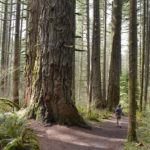
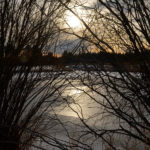
 This cluster was about the siz
This cluster was about the siz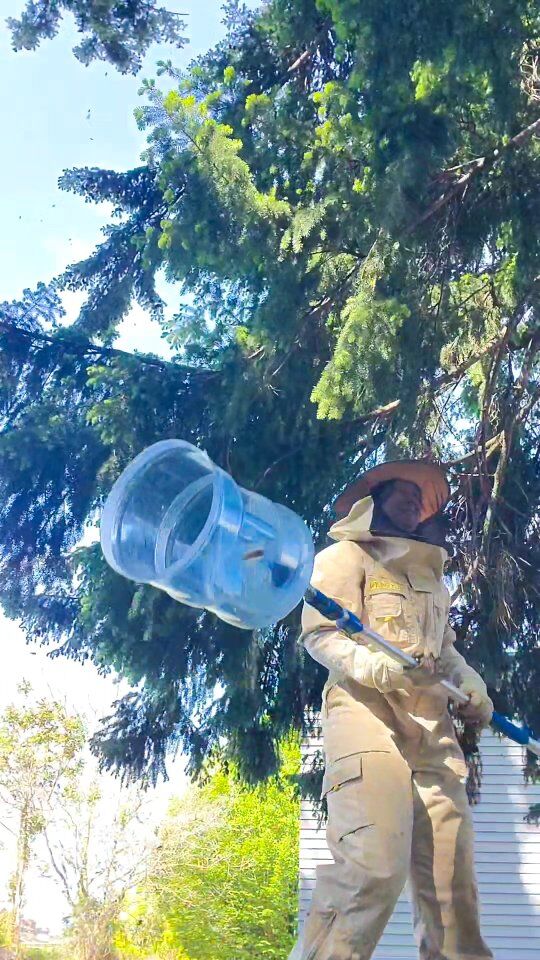
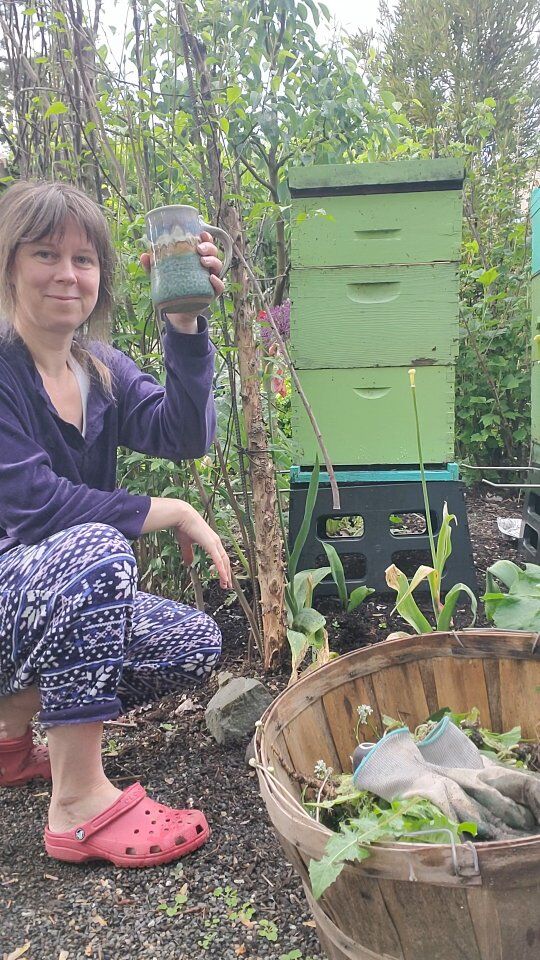
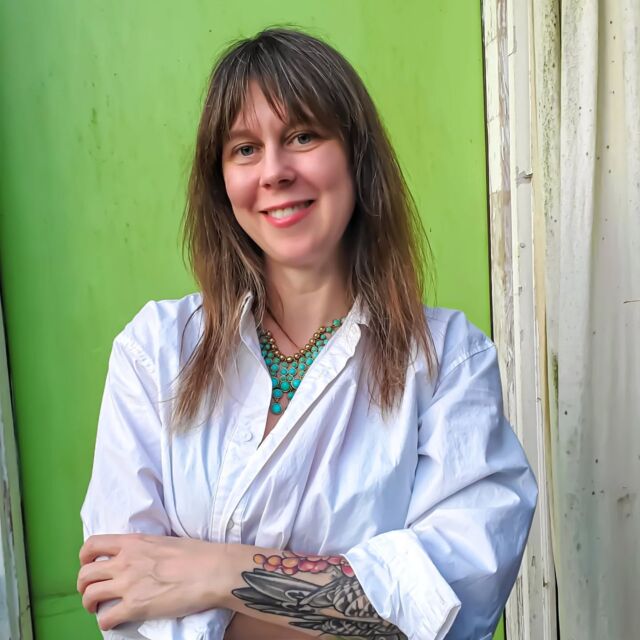
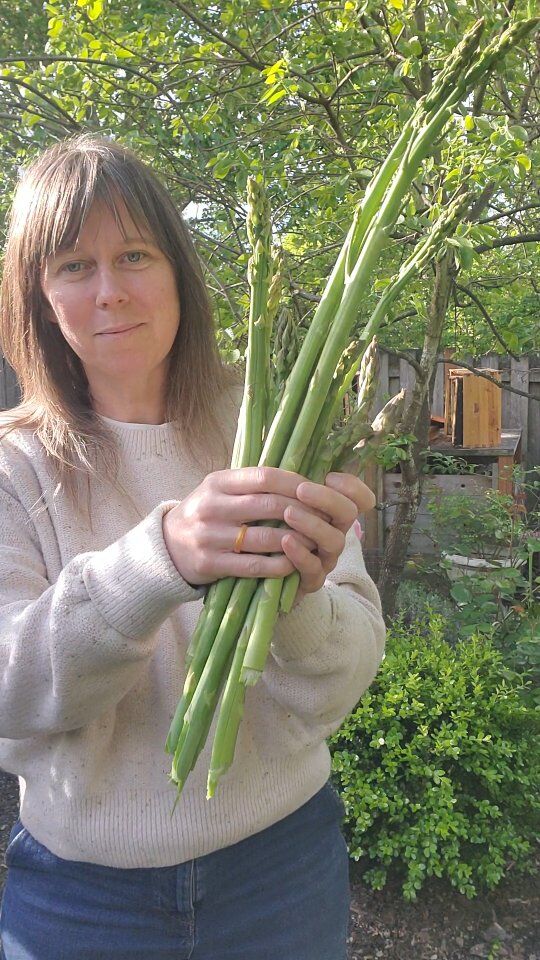
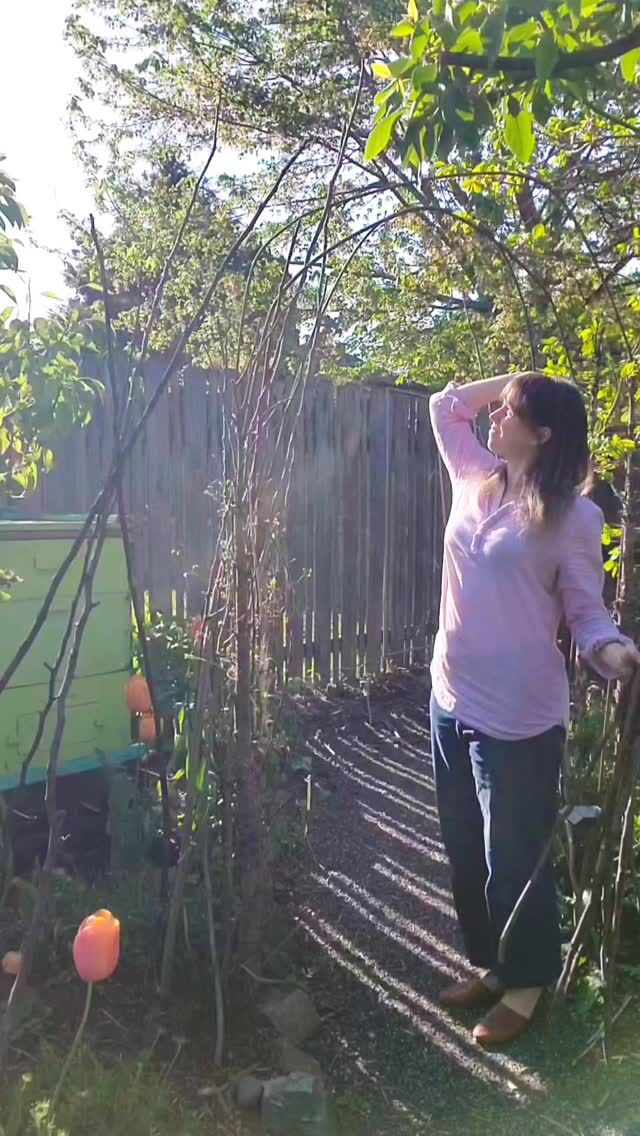
 I start with a
I start with a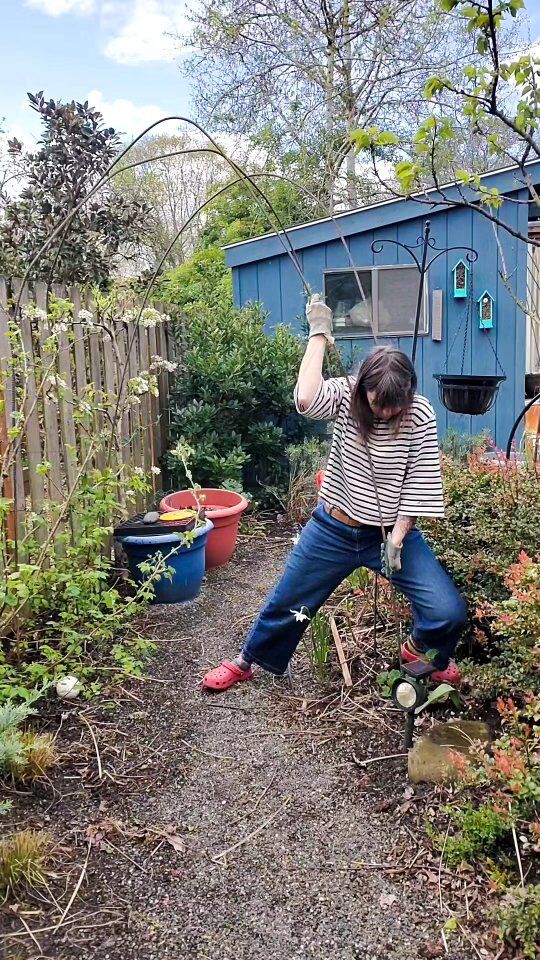
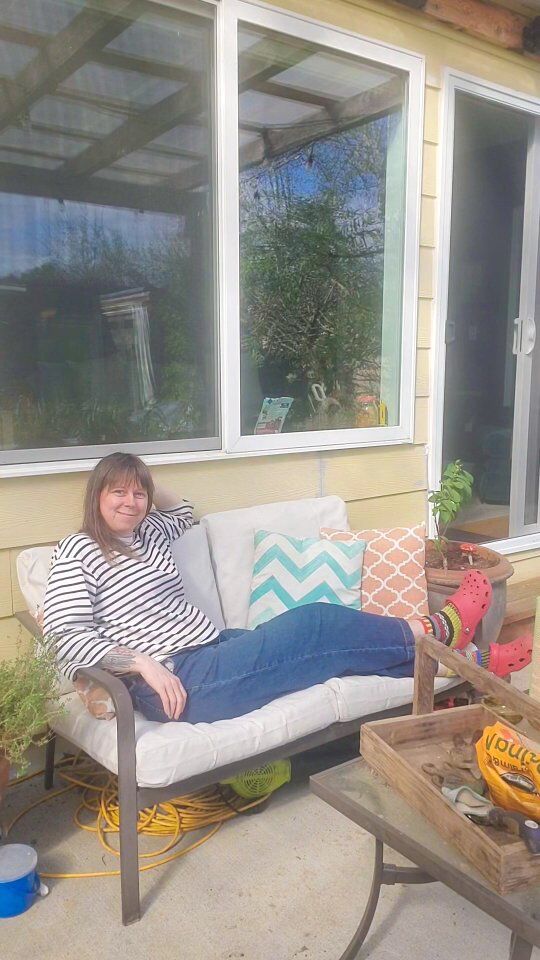
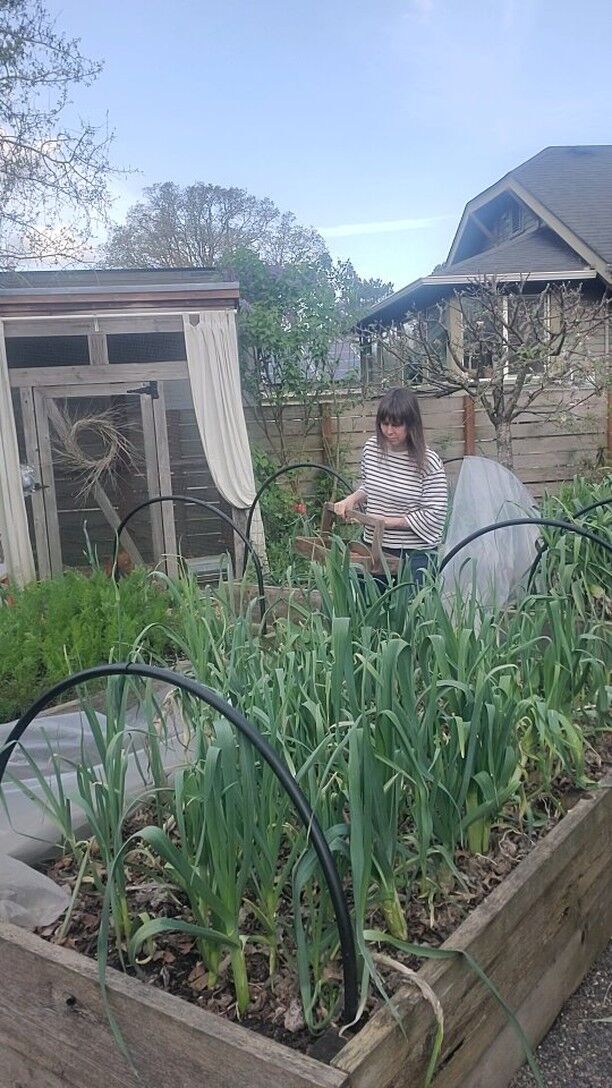
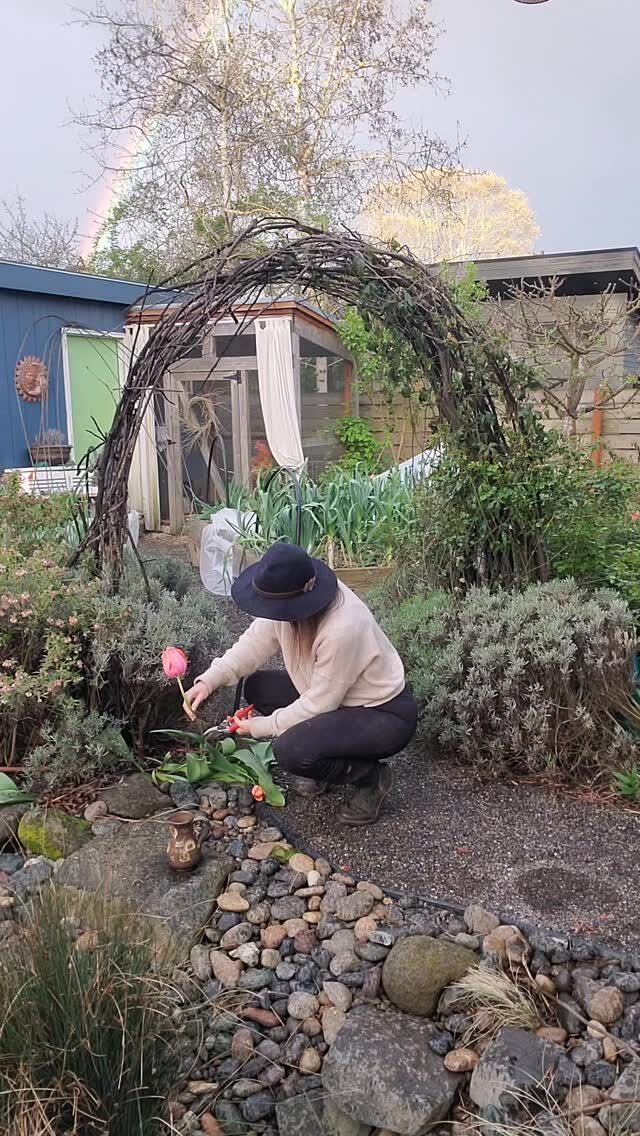
Hi,
Crazy coincidence, but I googled “how to kill a chicken” and your website popped up. I’m in Eugene also! I’m wondering if you have some suggestions on local resources. I’ve never killed or butchered a chicken before. However, I have a small hen that fell, broke a leg, and hit her head. I’ve had her in a small basket with food and water to see if keeping her movements down she would have the leg healed, but no luck. She’s languishing, and I need to figure out what to do.
I’ve never killed a chicken. I have no real problem with eating my birds, but I do cringe at the neck cracking bit. I’ve gutted fish, but that’s about it, and I know chickens are more complicated. I’m trying to get over this and just bite the bullet, but I’d love some help and thoughts.
Help? Please?
Thanks!
Hi Jessika! Nice to meet a fellow Eugenian. I am going to email you shortly about your dilemma.